
Bindweed is undoubtedly one of the toughest weeds to ever make its way into your garden. Even the name strikes fear into most gardeners’ hearts. Bindweed. Is your pulse racing now, too?
This invasive creeper can be a real pain, taking over entire flower beds and gardens if not dealt with. But that’s the problem, right? How do you deal with it? Can you ever get rid of it? Let’s take a few calming breaths, and we’ll learn how to tackle this tangled intruder.
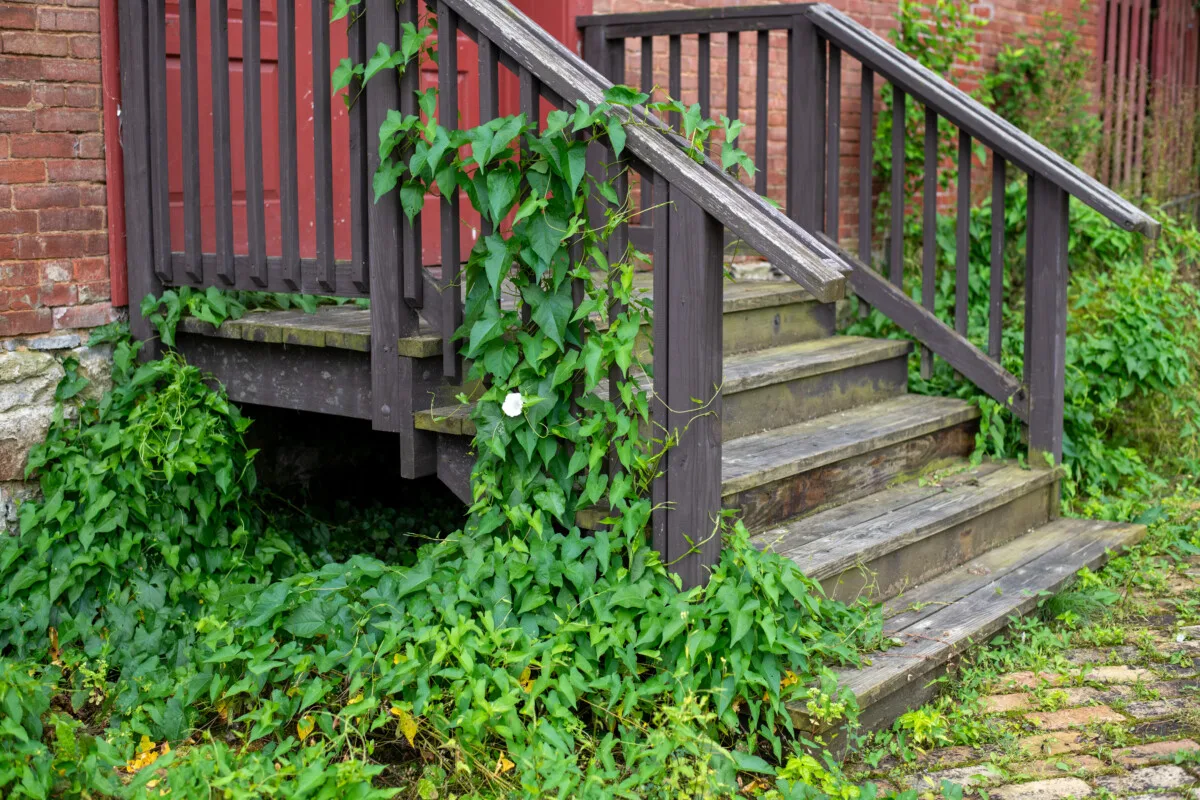
A Bindweed Primer
Okay, now that our pulses have returned to a normal range, let’s look at the bindweed basics. After all, it was Sun Tzu that said, “Know thine enemy…” If you’re well into your hundred battles against bindweed, it will help to learn a bit about this formidable opponent.
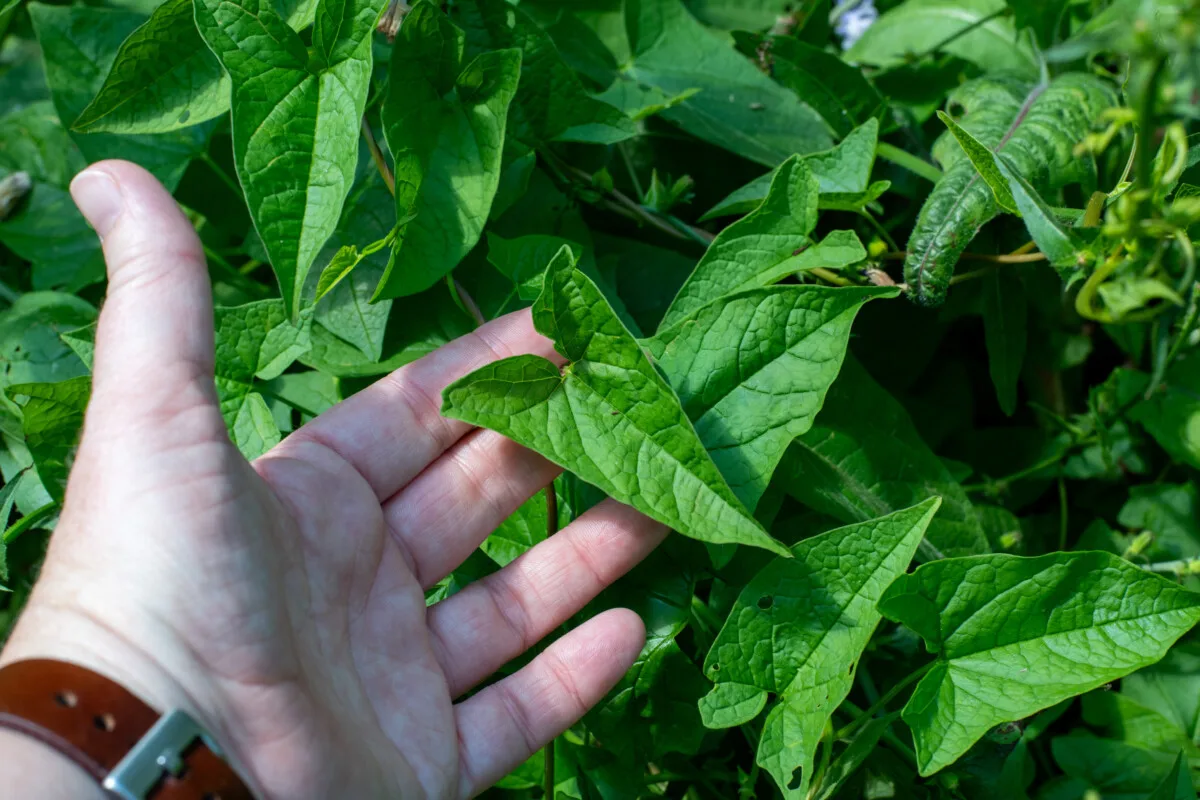
Bindweed is the common name for several species of flowering plants in the Convolvulaceae family. You’re most likely to deal with field bindweed (Convolvulus arvensis) and hedge bindweed (Calystegia sepium). Bindweed is not only a nuisance in North America, but also to gardeners and commercial farmers in other parts of the world, including Europe and Asia.
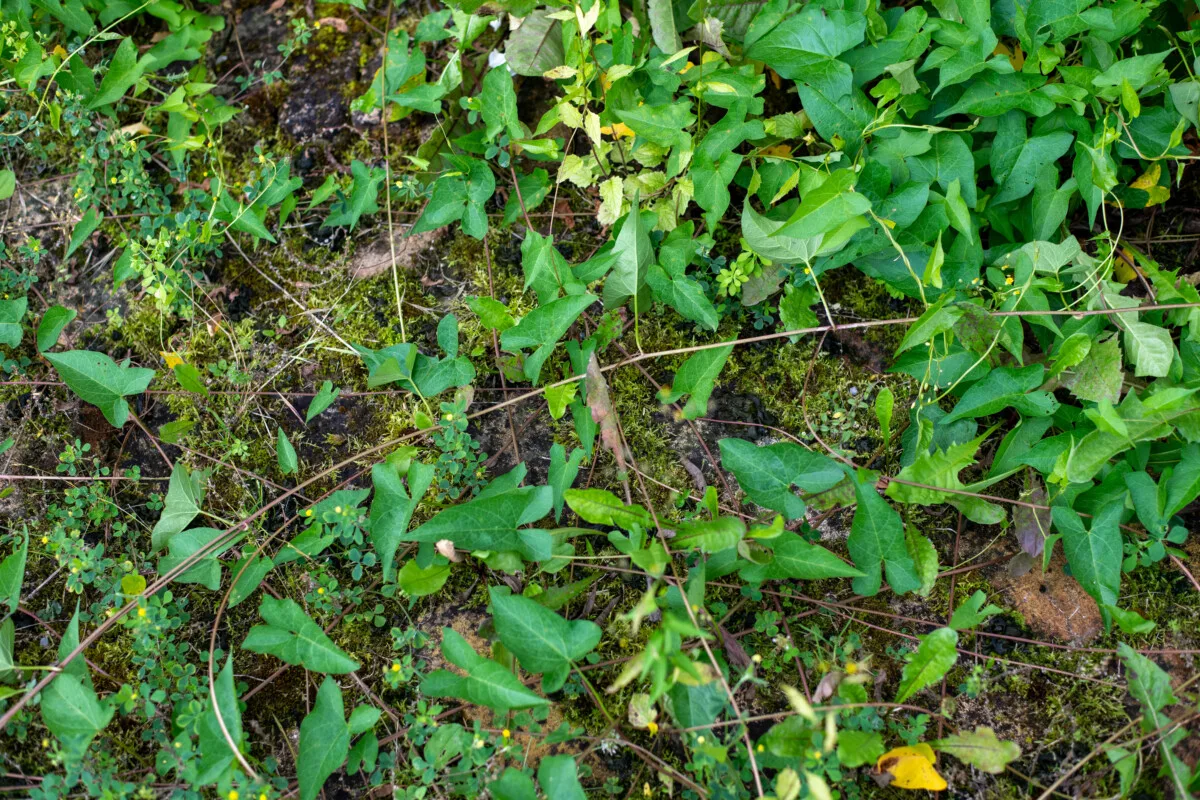
The plants are perennial vines with creeping stems that can grow up to several meters long. The leaves are spear-shaped (they look a bit like common sorrel) and alternate along the stem. Despite what a pain this weed can be, the flowers are quite pretty; trumpet-shaped and white, pale pink, or even light purple, depending on the species.
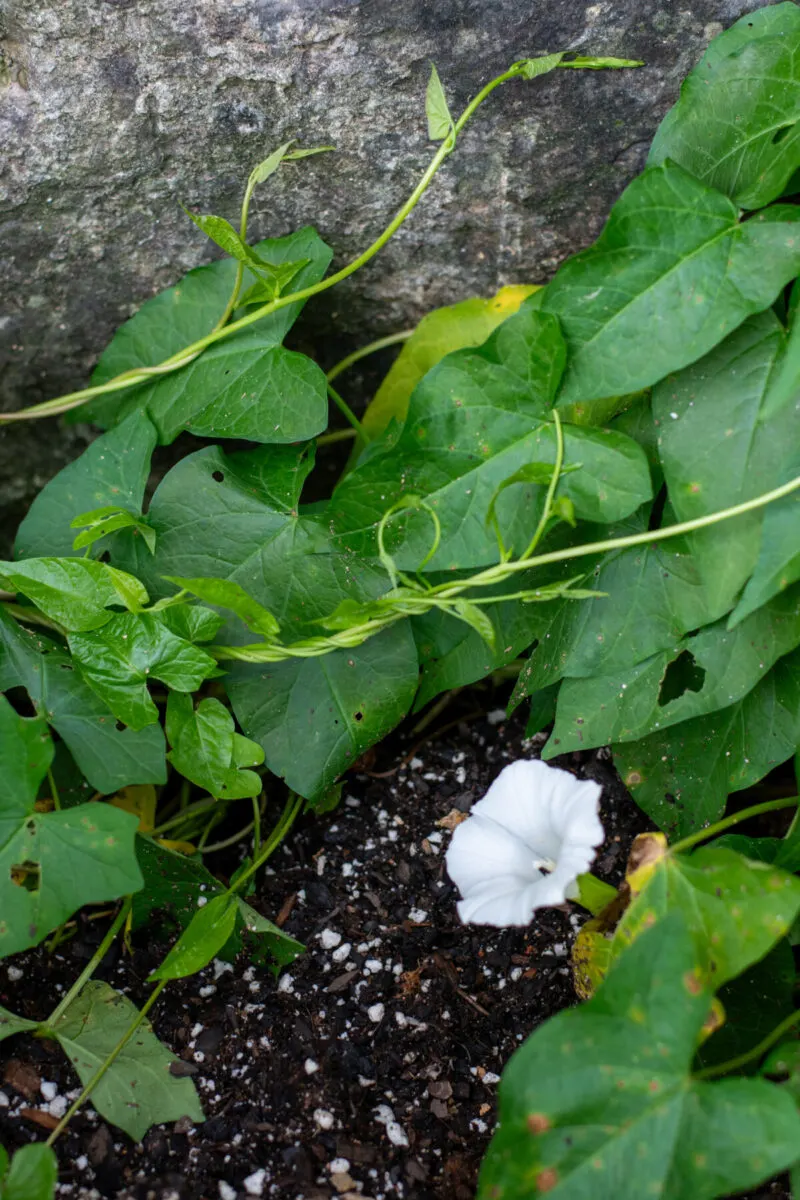
The name “bindweed” comes from the plant’s twining habit, as it wraps around other plants, structures and itself for support as it grows. The longer it’s left to its own devices, the more net-like it becomes, which is why it’s so difficult to control once it gets a hold.
Morning Glory vs. Bindweed
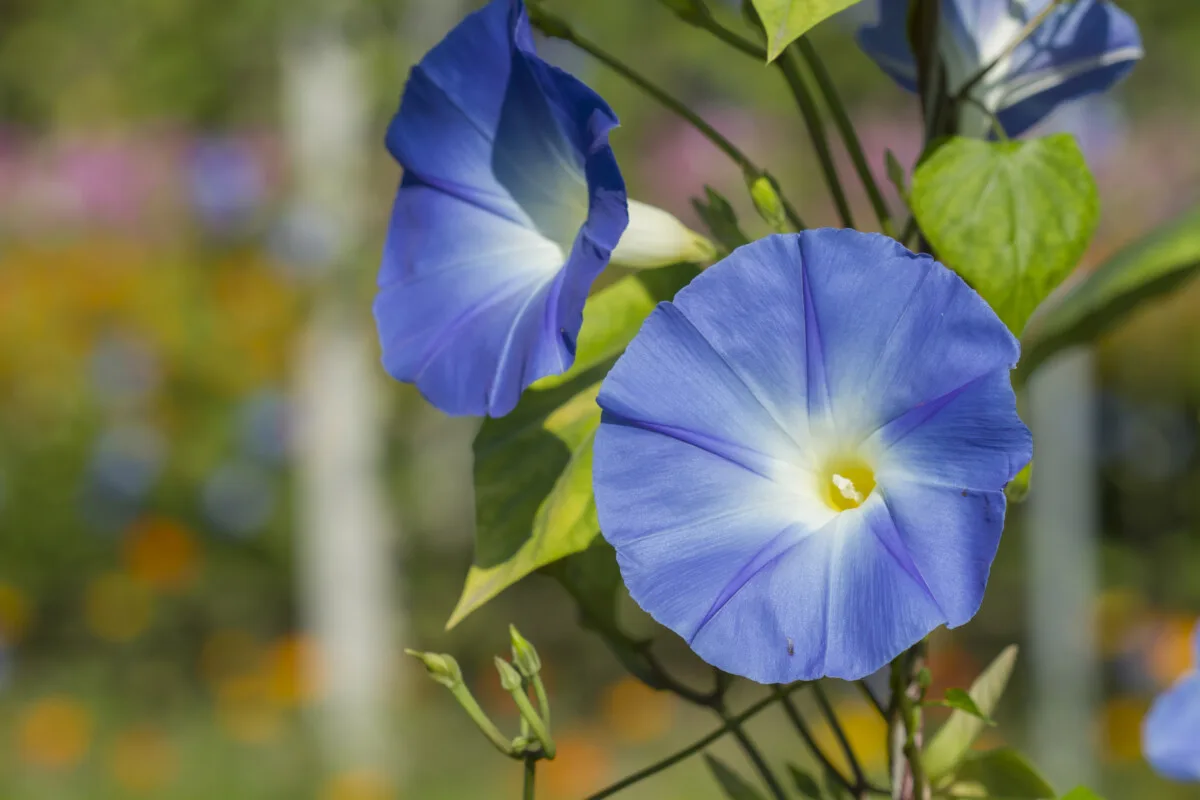
While they are members of the same family, they are not the same plant. Many folks mix them up because they have similar trumpet-shaped flowers, and both are vining. The morning glory (Ipomoea) is an annual flower with blooms that open…wait for it…in the morning.
I know; I was shocked, too; never saw it coming.
They are lovely and perfect for training up a trellis or string. I’m pretty sure everyone’s grandmother grew these each summer.
Here is a list of key differences to help you tell them apart.
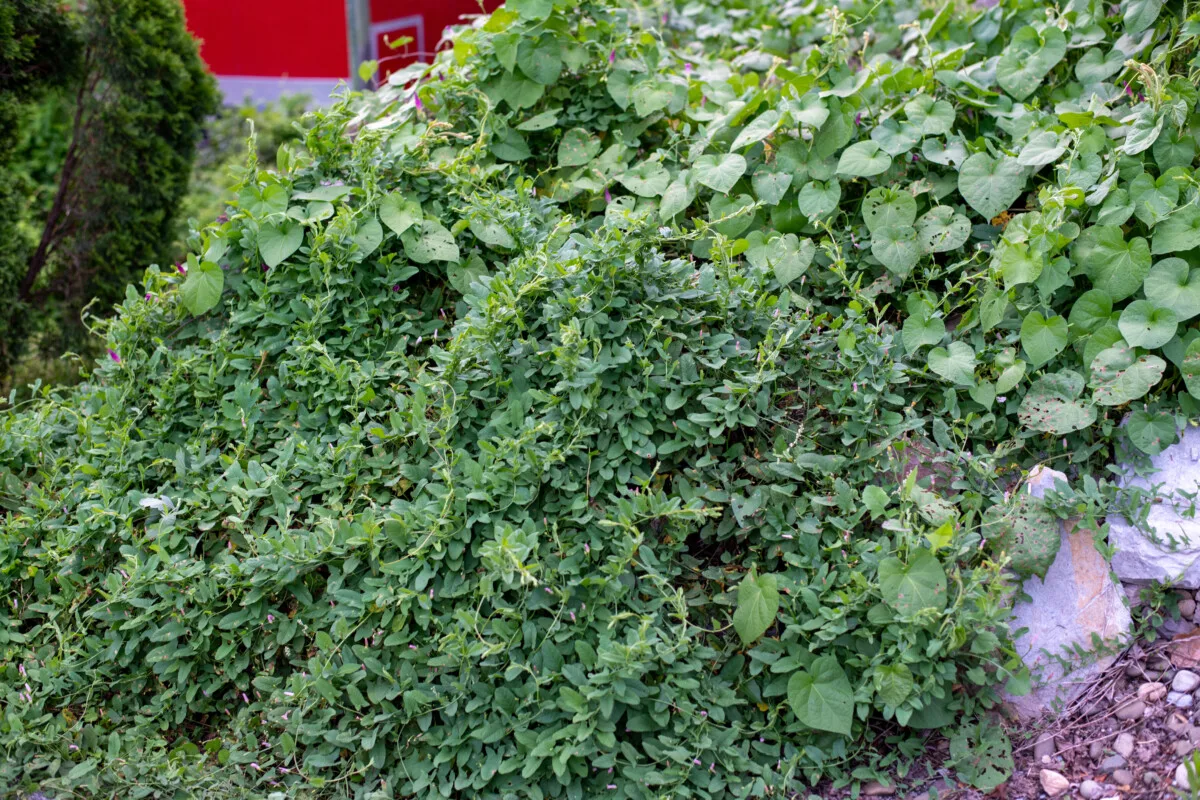
Morning Glories:
- Tender annual
- Will die off with the first frost
- Heart-shaped leaves
- Blooms are 3”- 4” across; blue, purple, and fuchsia – generally bright colors.
Bindweed:
- Perennial forged in the fires of Mordor
- Comes back with a vengeance taking up more land each year
- Spear-shaped leaves (see Mordor origins)
- Tiny blooms of white or pale pink, 1 – 1 ½” across
- Will be the first flower to bloom after a nuclear holocaust
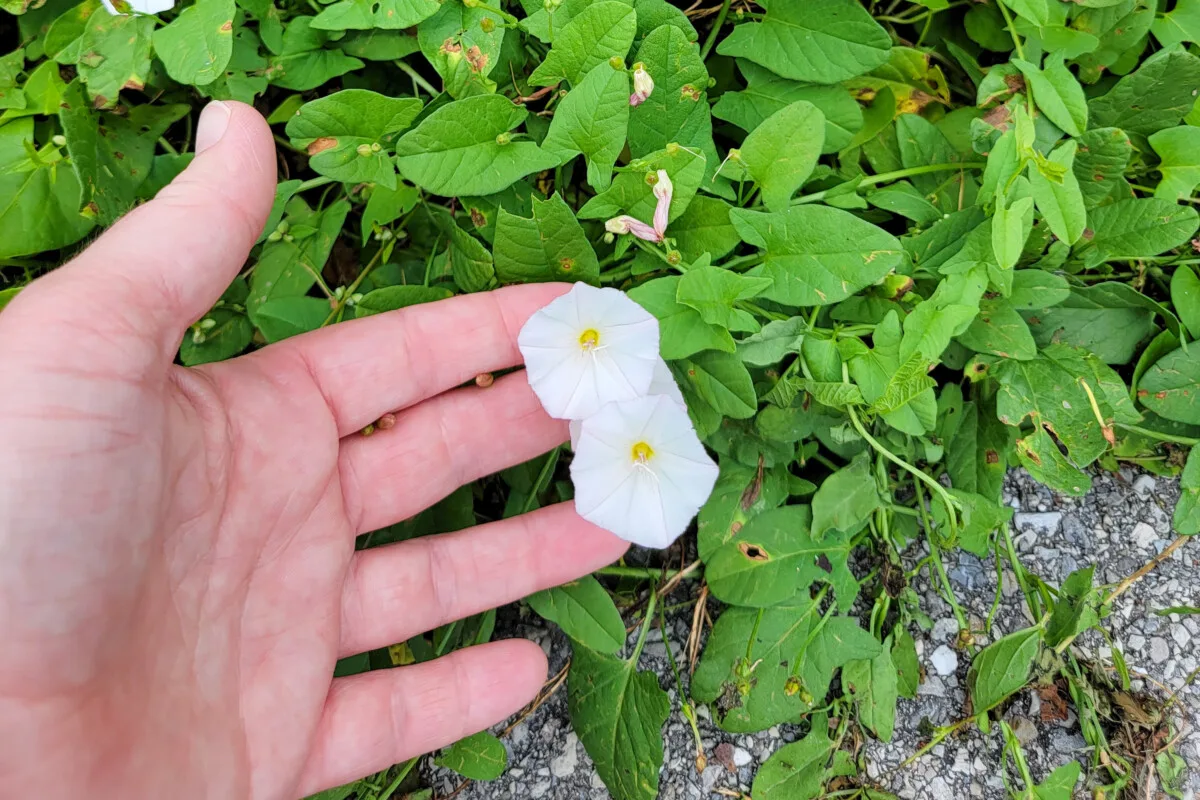
Look, every family has a few bad seeds; for Convolvulaceae, it’s bindweed. Let’s not hold that against morning glories, who seem to have picked up a “guilty by association” reputation because of the invasiveness of bindweed. Please feel free to plant morning glories with wild abandon and enjoy their ephemeral and temporary beauty until your first hard frost.
Why is bindweed so hard to get rid of?
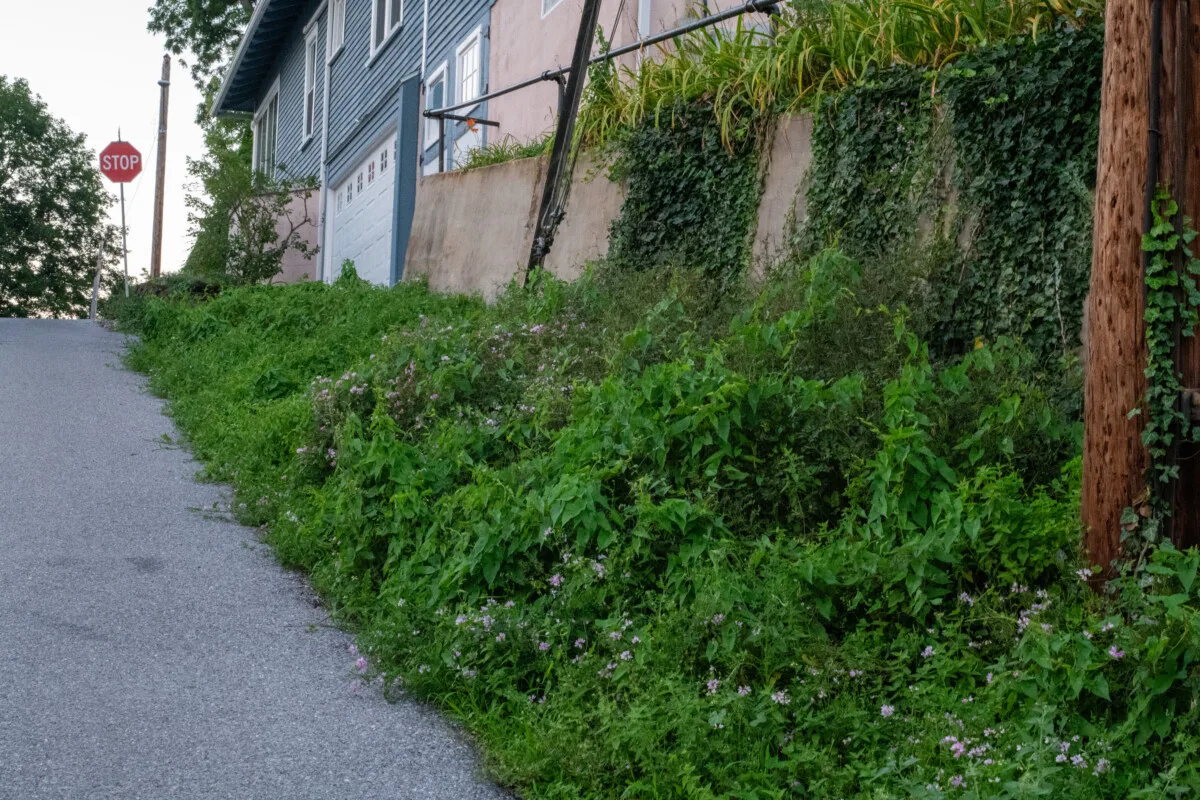
Like most things that affect the health of your garden, it’s often what you don’t see that can lead to problems. What you can see of bindweed above the soil is nothing compared to what’s happening beneath it. Bindweed can send roots deep into the soil, often a yard down into the ground. Because of their deep root systems, they are better equipped to out-compete neighboring plants during periods of drought.
Then there are the rhizomes.
The plant spreads horizontally through the ground via a vast system of underground rhizomes. Even if you’re diligent in yanking up all the weeds above ground, if you don’t dig up the rhizomatic network, you’ll be dealing with more bindweed before you know it.
The plant will easily grow back from the smallest of fragments left in the ground.
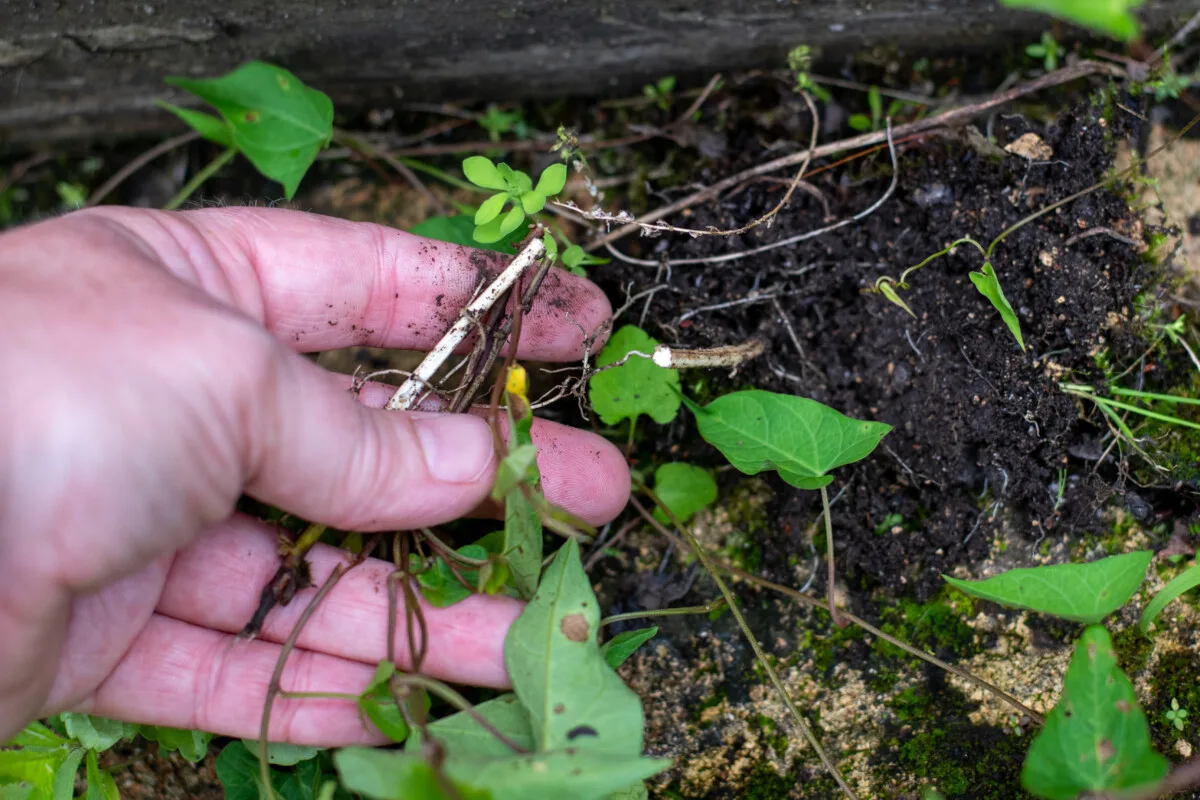
And don’t forget the seeds.
The seeds are located at the base of each flower, each containing 1-4 seeds. Your average bindweed plant can produce around 500 seeds a year. And the best news yet – the seeds are viable for about 50 years, often lying dormant in the soil until it’s disturbed.
Scattered on the wind, carried by birds and other animals, swept away by water, or even our moving the plants around, more seeds are dispersed. It’s no wonder this stuff is so hard to get rid of.
Yeah, my pulse is starting to climb again too.
But I figured it’s best to get the bad news out of the way first. The good news is you can conquer bindweed. Will it be easy? No. Will you need to salt the earth, sell your home and move? Probably not, but let’s not rule it out.
Why Most Herbicides Don’t Work
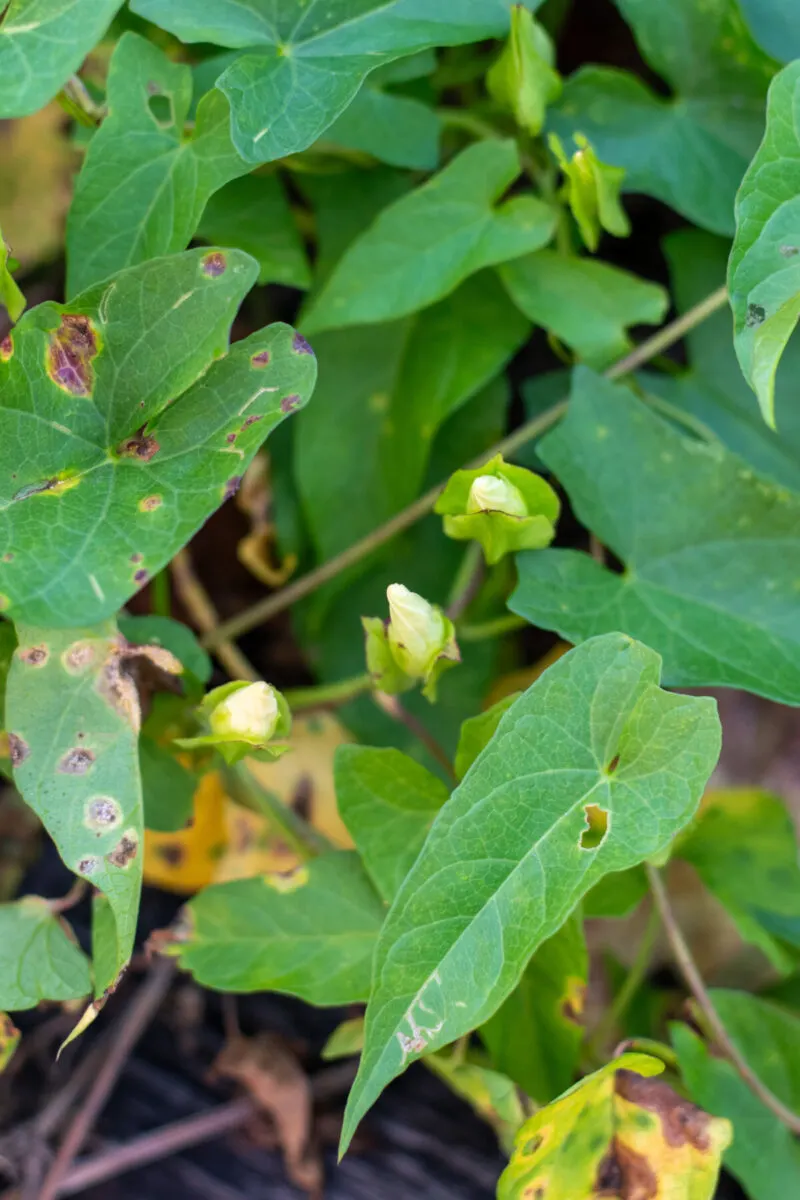
When dealing with a plant that’s as aggressive as bindweed, the temptation is to grab a bottle of that stuff that shall-not-be-named that starts with ‘R.’ But the problem is most herbicides aren’t effective when it comes to bindweed.
Remember, we’re talking about a plant with roots that can grow nearly a yard deep and rhizomes that spread out in every direction. Killing off the portion of the plant that you can see isn’t going to take care of the problem below the soil. The bindweed will come back with a vengeance.
Whether or not you prefer natural gardening methods, if you have a bindweed problem, they are the best line of defense. Certainly not the easiest, but the best.
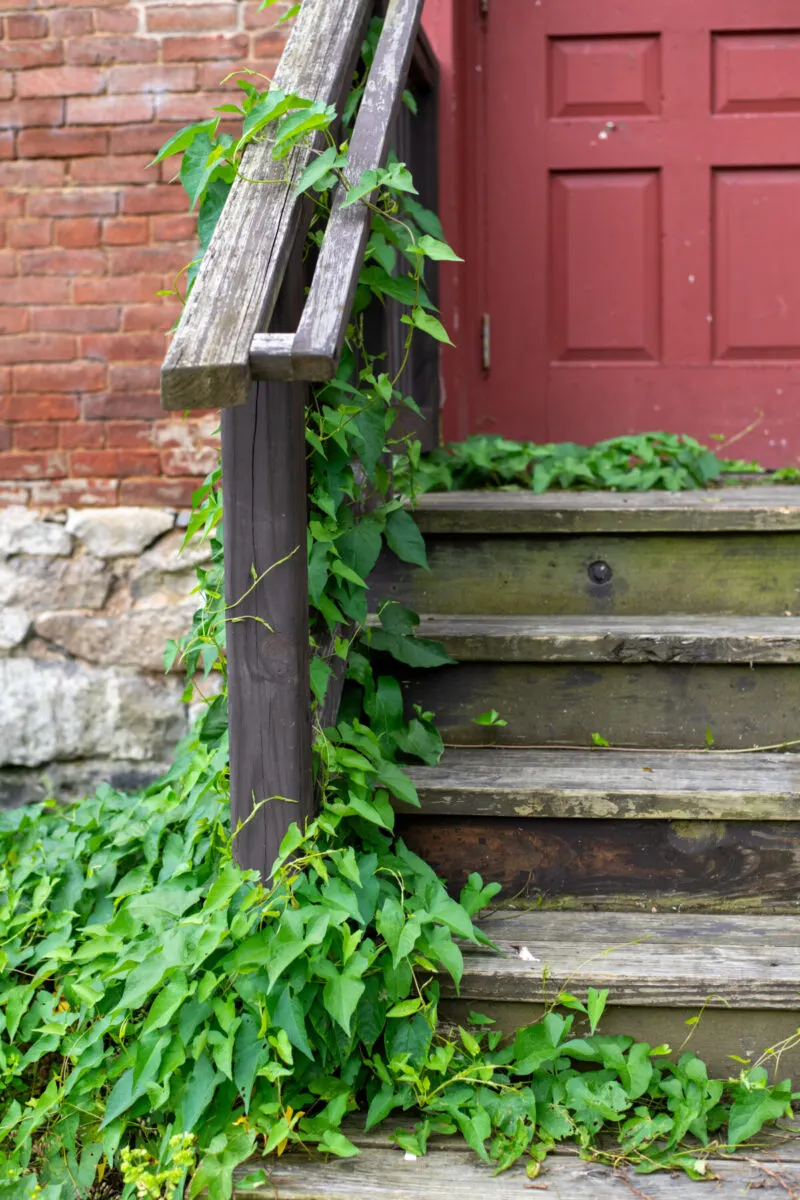
A Combination of Strategies is Required
Adopting the following five strategies gives you the best chance of successfully removing and managing your bindweed problem. You need to target, not only the plant above ground but, more importantly, root and rhizome systems below the soil. It may take more than one season to see consistent results, but keep at it.
1. Smother It – Optional
Although this first step is optional, it can help weaken the plant.
Cover the infestation with a thick layer of mulch, landscape fabric, or both to smother the plant and prevent sunlight from reaching it. While this is unlikely to kill it, the lack of sun will weaken the plant as it can’t photosynthesize. This makes the next steps easier.
2. Rip It Out – Carefully
The first step in managing bindweed is to remove the plant above ground. As frustrated as you may be, it’s best not to yank up the plant indiscriminately. Wear gloves and carefully pull the plant up, at its base. Try to get as much of the root to come with it as you can. Wait for a day or two of rain first, and work when the soil is softer.
Once you’ve removed the above-ground portions, go back over the area and do your best to pull up the remaining roots or rhizomes sticking up out of the soil.
3. Dig Up the Top Layer of Soil – Repeatedly
We’re big fans of no-dig gardening at Rural Sprout, but digging the soil is a must when it comes to bindweed. For heavily affected areas, it’s a good idea to dig up the top layer of soil after you’ve removed as much of the plant growing on the surface as possible. You’ll expose the rhizomes and roots to air, which will help to dry them out and further weaken them.
Continue to dig and turn that top layer of soil several times for a month to really dry out and weaken the plant.
4. Cover, Cover, Cover
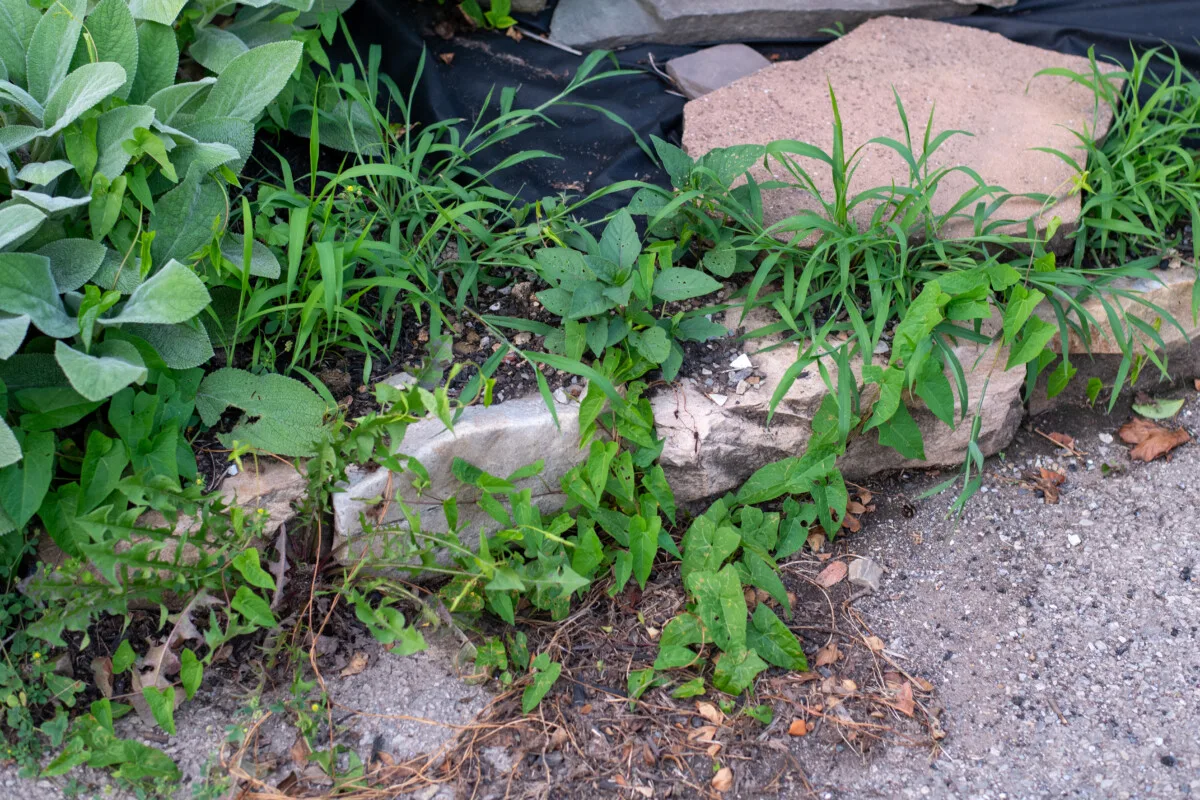
One of the best things you can do to prevent and keep bindweed from coming back is to keep your soil covered. And I don’t mean with mulch. (Although that helps.) Soil is not meant to be bare; when it is, there are always opportunistic plants ready to fill the gap. Literally. Unfortunately, those plants are usually weeds.
If you want to avoid trouble or keep from inviting it back, never leave your soil bare. Grow a diverse array of plants in your yard and garden all year, and they will out-compete any new bindweed seedlings. You can even grow cover crops in the winter to prevent bindweed from popping up in the spring.
5. Be Diligent in the Fight
Once you’ve removed bindweed, it’s important to regularly check to see if it’s growing back or producing new seedlings. You’ll want to pull anything up before it gets a chance to become established again.
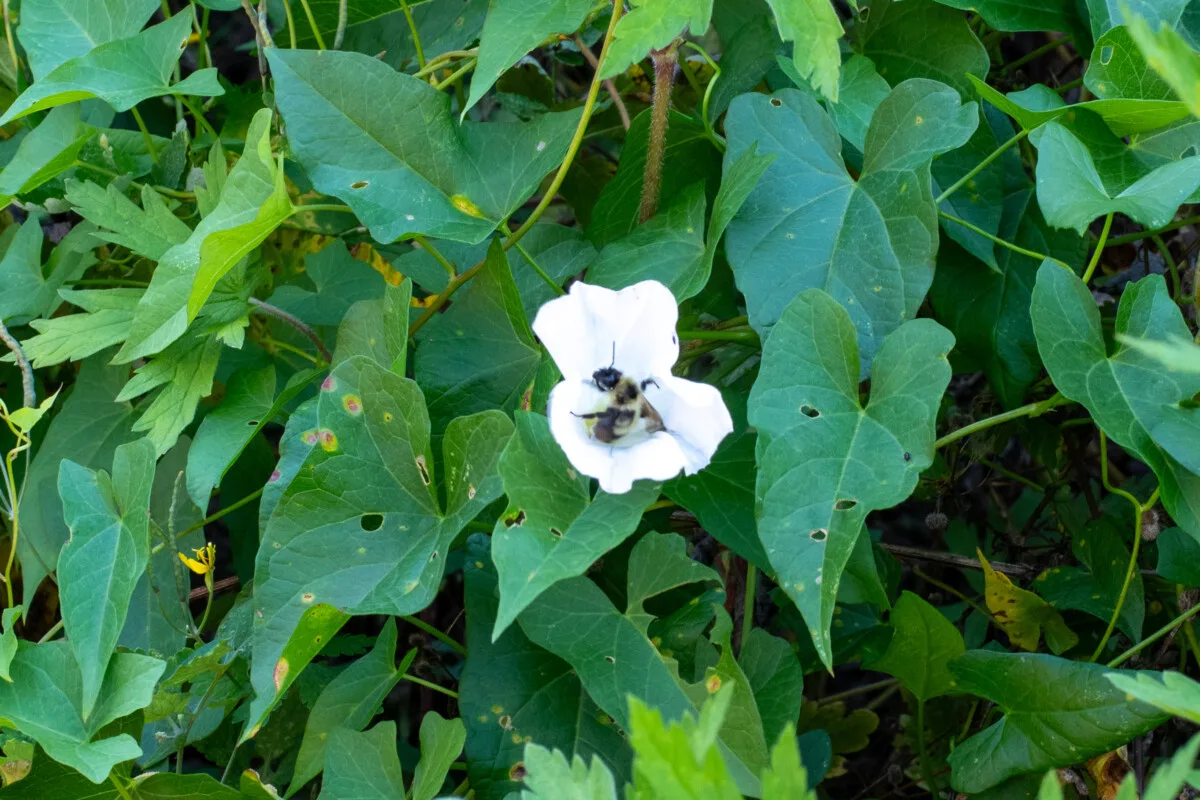
At the end of the day, controlling bindweed is often a long-term commitment. You need to be persistent in removing any new growth. Using multiple control methods like those listed above will be your best bet in the long run.
If you start losing automobiles, pets or family members among the bindweed, you may wish to contact your local agricultural extension office or a professional weed control expert for help.

Get the famous Rural Sprout newsletter delivered to your inbox.
Including Sunday ramblings from our editor, Tracey, as well as “What’s Up Wednesday” our roundup of what’s in season and new article updates and alerts.

